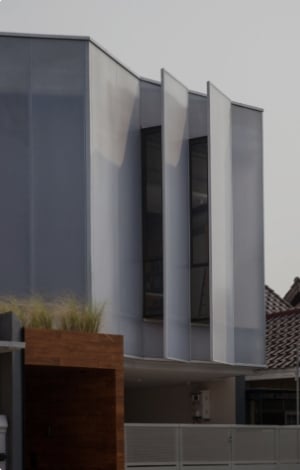The Silk Lakehouse, Shangri-La Hangzhou



Following a journey of meaningful transformation, The Silk Lakehouse, Shangri-La Hangzhou, officially opened its doors in May 2025. Set along the tranquil shores of West Lake—a UNESCO World Heritage Site, this reimagined retreat marks the debut of Shangri-La Signatures, the new ultra-luxury brand by Shangri-La Group. Honouring its storied past, the property occupies what was formerly the East Wing of Shangri-La Hotel, Hangzhou, part of the Group’s inaugural hotel in Mainland of China, which opened in 1986. Dating back to 1962, the site was home to the historic Xiling Hotel and renowned for hosting visiting dignitaries and state guests. Located within West Lake’s protected zone, the property underwent a landscape-led restoration project to preserve and reinterpret its cultural and architectural legacy. The result is a harmonious blend of heritage and contemporary design, where architecture and interiors echo the poetic landscapes of Hangzhou, creating a sanctuary where nature, culture, and modern luxury meet in perfect balance.
In 2019, Kokaistudios was commissioned by Shangri-La Hotel Hangzhou to lead the site planning and architectural renovation of both the East Wing of Shangri-La Hotel, Hangzhou and the hotel's Wellness Centre. Set within a UNESCO-designated cultural landscape, the project extends the studio’s long-standing commitment to heritage preservation—an approach recognized by the UNESCO through landmark projects, Bund 18 and Huaihai Road 796 in Shanghai.
The design reoriented the hotel’s main vehicle drop-off, shifting it from the north to the south side, and accordingly reorganized the spatial sequence of the ground floor lobby. By deconstructing the formerly enclosed Wellness Centre, the project introduced a semi-subterranean swimming pool that opens fluidly toward the surrounding natural landscape. A carefully integrated skylight system brings daylight deep into the interior, enhancing both the physical environment and psychological comfort of the underground space. To bridge the significant level difference between the East Wing and the pool zone, the team inserted two transparent glass stairwells—lightweight vertical connectors that foster spatial dialogue across multiple layers.
While respecting the original architectural character, Kokaistudios systematically refined the facade by extracting and reimagining its signature geometric language. A rigorously researched color palette was employed to ensure the renovated facade retained the material depth of the historic structure, while offering a cohesive and harmonious visual experience. Guided by ergonomic principles and visual aesthetics, the fenestration proportions were meticulously calibrated to frame exterior views with photographic precision. This transforms natural scenery into living compositions, creating a facade that mediates subtly between contemporary appeal and historical memory.
In this milestone renovation, Kokaistudios upheld a landscape-first approach rooted in respect for historical heritage. Through precise spatial analysis and carefully measured interventions, the team introduced a series of innovative strategies at key architectural junctures. Drawing from the essence of the original building, the design redefined spatial order using contemporary architectural language, achieving a refined balance between visual elegance and functional performance. Beyond enhancing the fabric of West Lake’s scenic setting, the project offers a thoughtful and restrained design response—one that contributes a new chapter to the living legacy of this UNESCO World Heritage site. 













 Australia
Australia
 New Zealand
New Zealand
 Philippines
Philippines
 Hongkong
Hongkong
 Singapore
Singapore
 Malaysia
Malaysia








